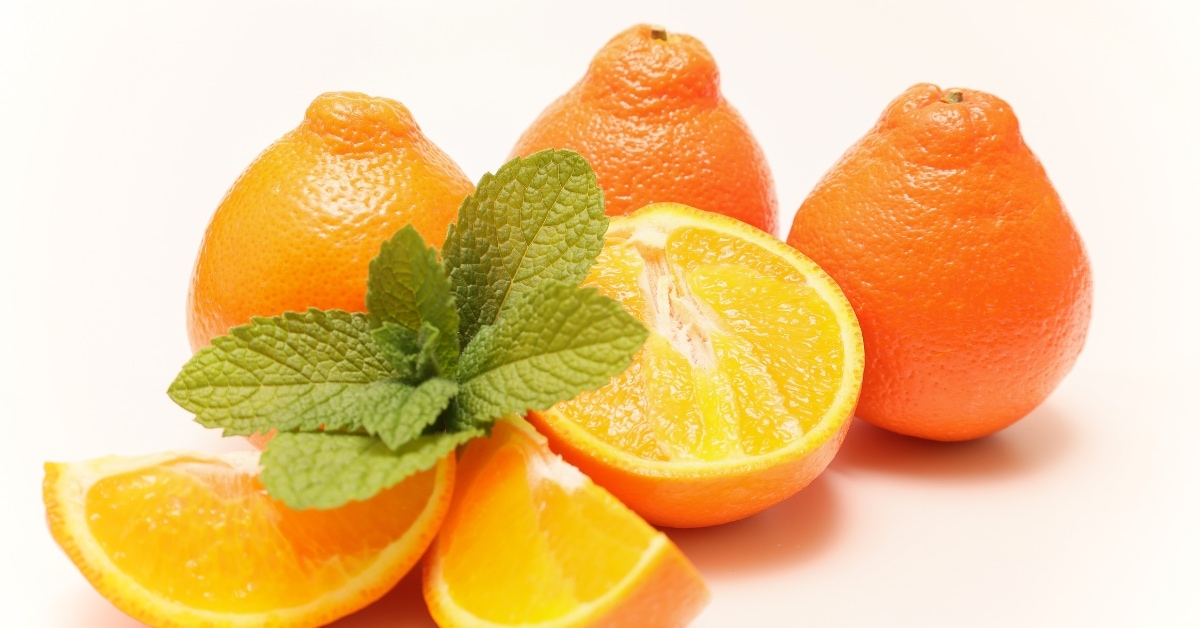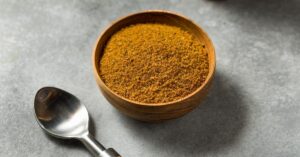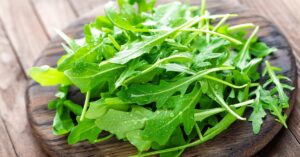Have you ever encountered the term tangelos and wondered, “What are tangelos, exactly?” Well, you’re not alone.
But if you’re a fruit lover looking to try something new, you must learn about tangelos. These sweet and tangy balls of goodness are incredible.

Despite their growing popularity, many are still unfamiliar with this tasty citrus fruit. Today, we’ll change that by delving into the world of tangelos.
This article will explore what they are, how they taste, common varieties, and more. So get ready to be enlightened and tantalized by the tangy sweetness of tangelos!
What Are Tangelos?
(scientific name: Citrus x tangelo)
There’s no single answer to the question, “What are tangelos?” That’s because there are different varieties, each with its own characteristics.
One thing is true of all tangelos, though: they’re citrus fruits. Sometimes, they come from tangerines and pomelos. (See what I did there? That’s how they got their name.)
However, they can also be cultivated using tangerines and grapefruits.
Most are about the size of a baseball and have a raised neck on one end. They’re often bright orange, though some are more reddish-orange, and have pebbly skin. (Similar to an orange.)
They’re round (or roundish) and easy to peel. Some varieties are seedless. Others contain seeds, but only a few. Most types are also incredibly juicy.
They grow on trees in the fall and winter months. If you buy them in the States, chances are they came from California or Florida. Those are the only two states where the trees thrive.
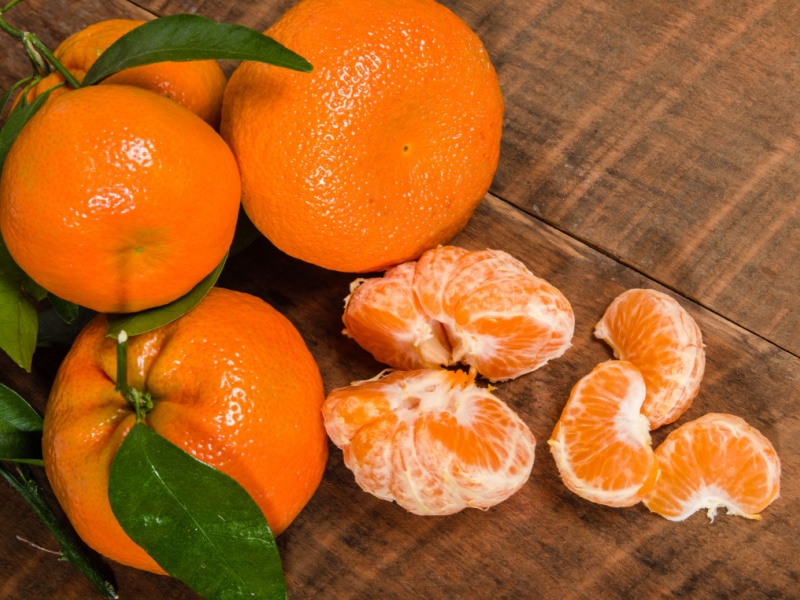
What Do Tangelos Taste Like?
Most people describe tangelos using words like “tart” and “tangy.” On the citrus fruit scale, they are ranked as a medium-sweet fruit.
Pomelos and grapefruits have a slightly bitter and delightfully tangy taste. That flavor works well paired with tangerines’ bright sweetness.
You may occasionally taste somewhat floral notes, too.
Common Varieties of Tangelos
There are many varieties (or cultivars) of tangelos. The following sections will describe five of them in greater detail.
Minneola
Of all the tangelo cultivars, Minneolas are the most famous. You’ll easily (and often) find them in grocery stores across the United States.
Their skin is darker than some other varieties, a deep reddish-orange. Like all tangelos, it’s easy to remove and requires no knife or special equipment to peel it.
First created in 1931, Minneolas are a Dancy tangerine and Duncan grapefruit hybrid. They are not seedless but have few seeds. These are also relatively large.
Minneolas have a typical medium sweet, tart, and tangy flavor… like most tangelos.
Orlando
Orlando tangelos also come from Dancy tangerines and Duncan grapefruits. However, they have a milder, sweeter flavor than Minneolas.
Their skin color is also lighter – a pale orange color. Like the Minneola, the Orlando tangelo is extremely juicy.
However, it’s smaller and squatter than its Minneola cousin.
Nova
Nova tangelos are a second generation tangelo. Instead of using a pomelo (or grapefruit) and tangerine, these start with a tangelo.
Novas come from crossing Minneola (or Orlando) tangelos with Clementine tangerines. They have dark orange skin anddark orange – almost red – flesh.
They’re a little smaller than Minneola tangelos and have a sweeter taste overall.
Ugli
Ugli tangelos are also known as Ugli fruits or Jamaican tangelos. But don’t let the unattractive name fool you.
These tangelos are just as delicious as all the rest.
These tangelos were not grown, cultivated, or created. Instead, they grew wild in Jamaica, the natural hybrid of Mandarins and grapefruits.
When fully ripe, they have light orange skin and are more teardrop-shaped than round. (They have distinctive, bright green skin before they’re mature.)
Ugli fruits are large – even bigger than grapefruits. They also have a tangy, bittersweet flavor similar to a pomelo.
Seminole
The most defining characteristic of Seminole tangelos is their lack of a neck. Instead, they’re almost perfectly round or oval-shaped.
They’re the hybrid offspring of Dancy tangerines and Bowen grapefruits.
Their taste lives on the tarter end of a sweet-tart scale. Seminole tangelos are juicy and acidic.
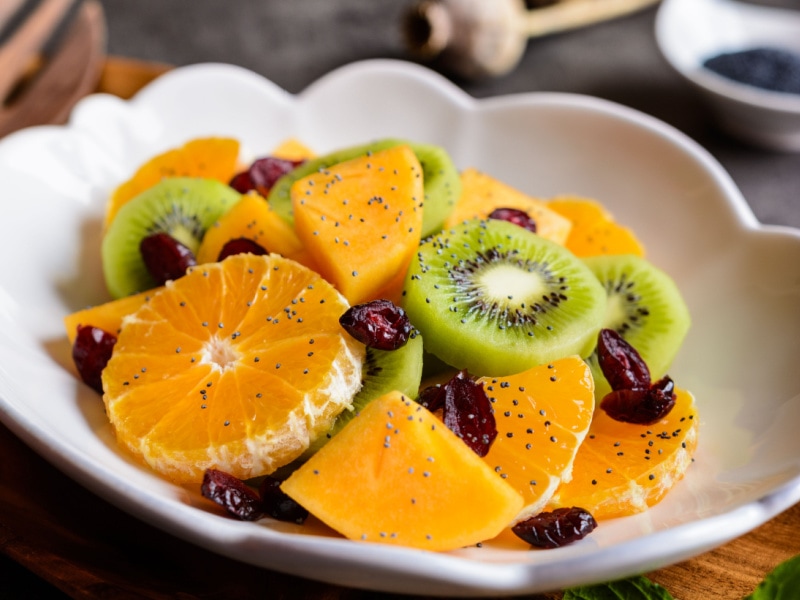
How to Use Tangelos
Most people simply peel and eat their tangelos. They’re a juicy, delicious, nutritious, and wonderful snack for any occasion.
However, eating them raw isn’t the only way to enjoy them.
Try chopping them up and adding them to salads. (They also taste great in fruit salad.) You can use them to make salsa or chutney, too.
Some people like to add them to cocktails – either as a garnish or muddled in. The juice works well in cocktails, too.
Others prefer to top their fish, poultry, and meats with tangelo juice or slices.
Like most fruits, tangelos also taste fantastic cooked. Turn them into jams, jellies, marmalades, marinades, salad dressings… and more.
Where to Buy Tangelos
If you live in the Northern Hemisphere, you can find tangelos in the fall and winter months.
Check farmers’ markets or your local grocery store’s produce section. You can visit the groves where they grow if you live near Florida or California.
Pick heavier fruits that are firm or only a little bit soft. That texture usually means they’re fresh and have plenty of juice.
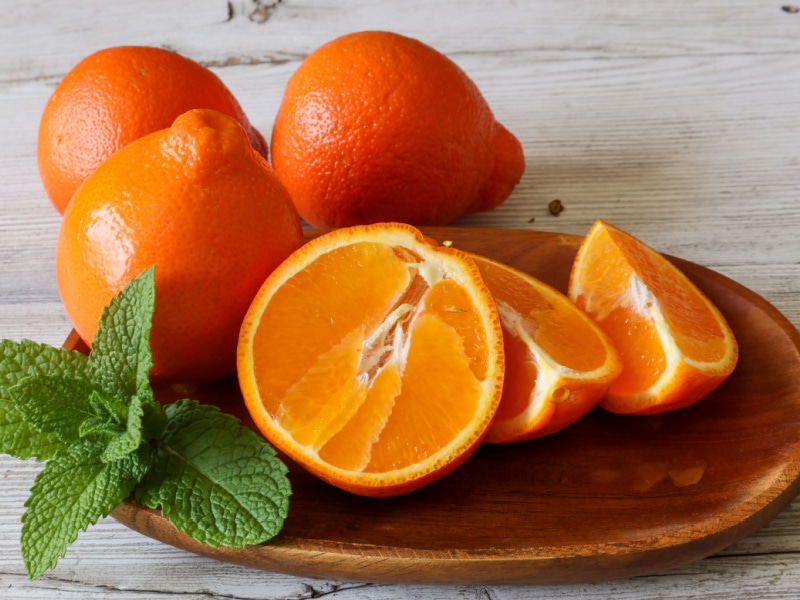
How to Store Tangelos
Although you don’t have to store them in the fridge, tangelos do well there. If you don’t plan on eating them right away, toss them in the crisper drawer.
Be sure the humidity setting is low, and they’ll last for a couple of weeks. (Maybe longer!)
Store them at room temperature if you plan to eat them within 3 or 4 days. Somewhere cool, dark, and dry is even better.


